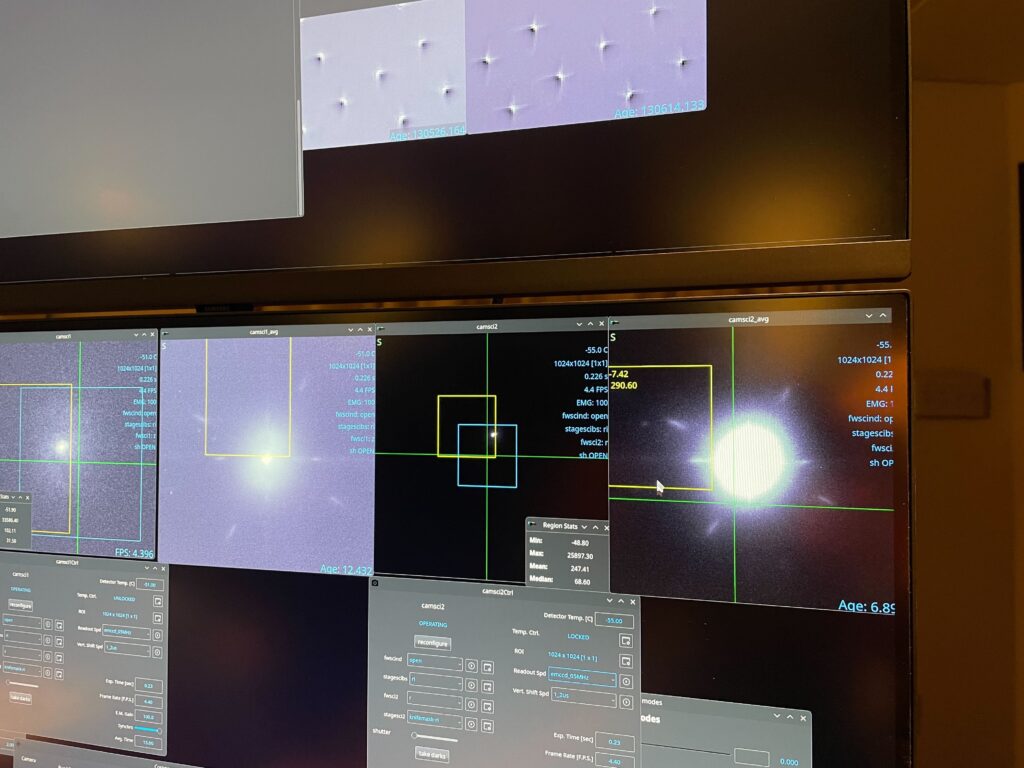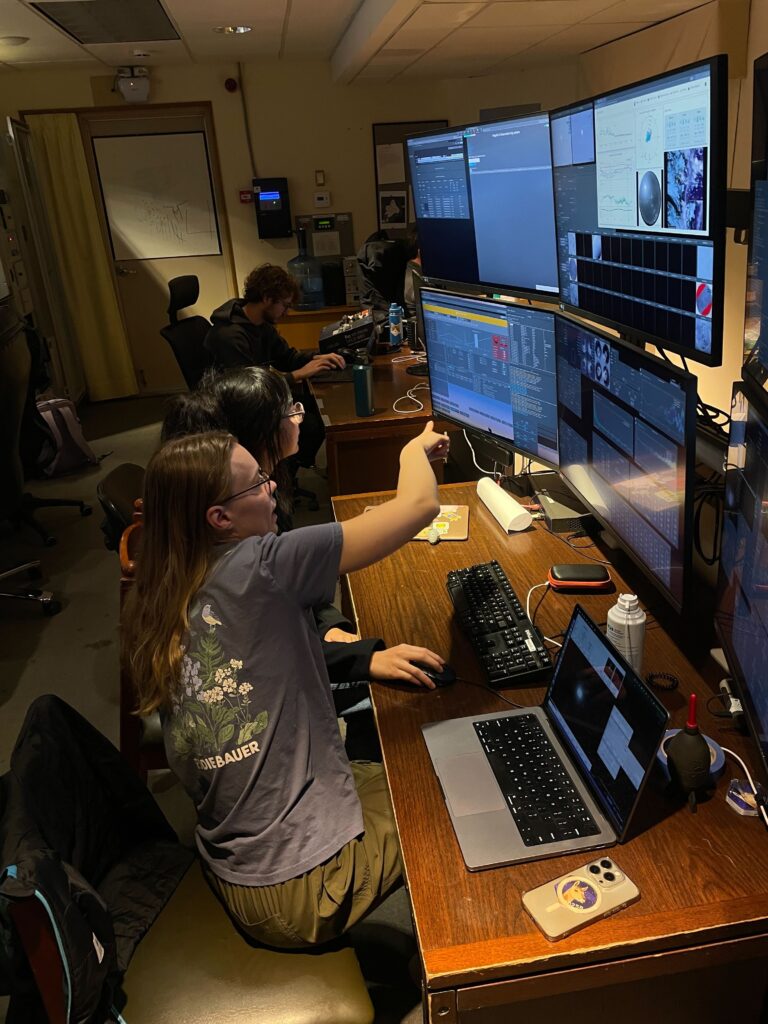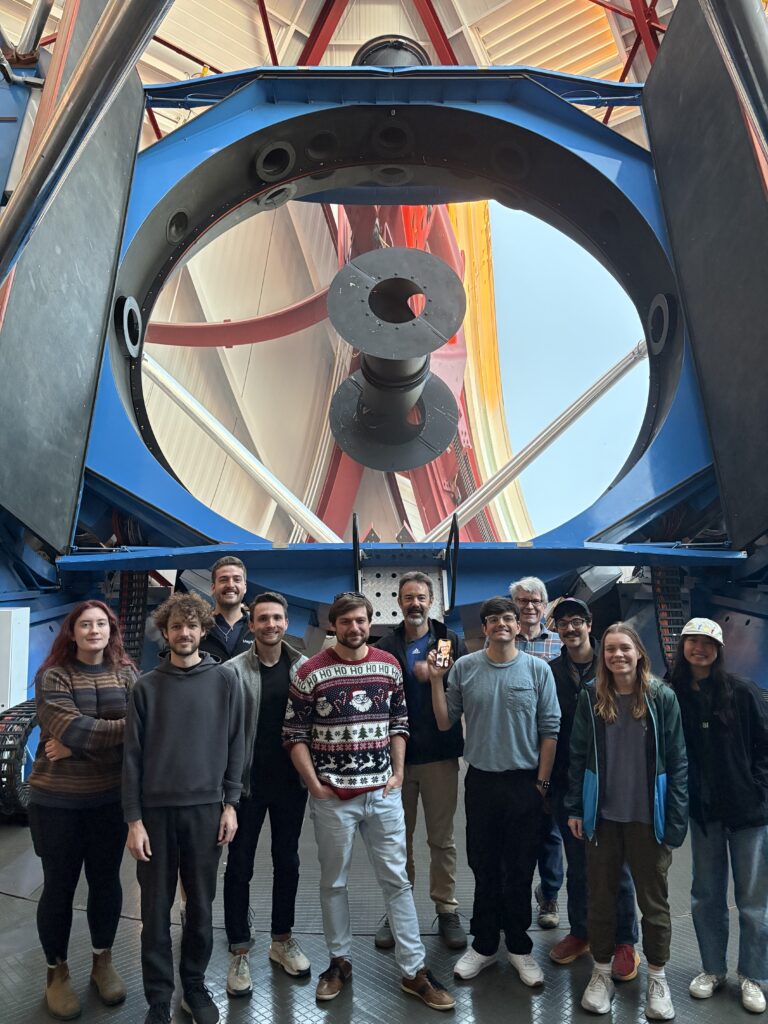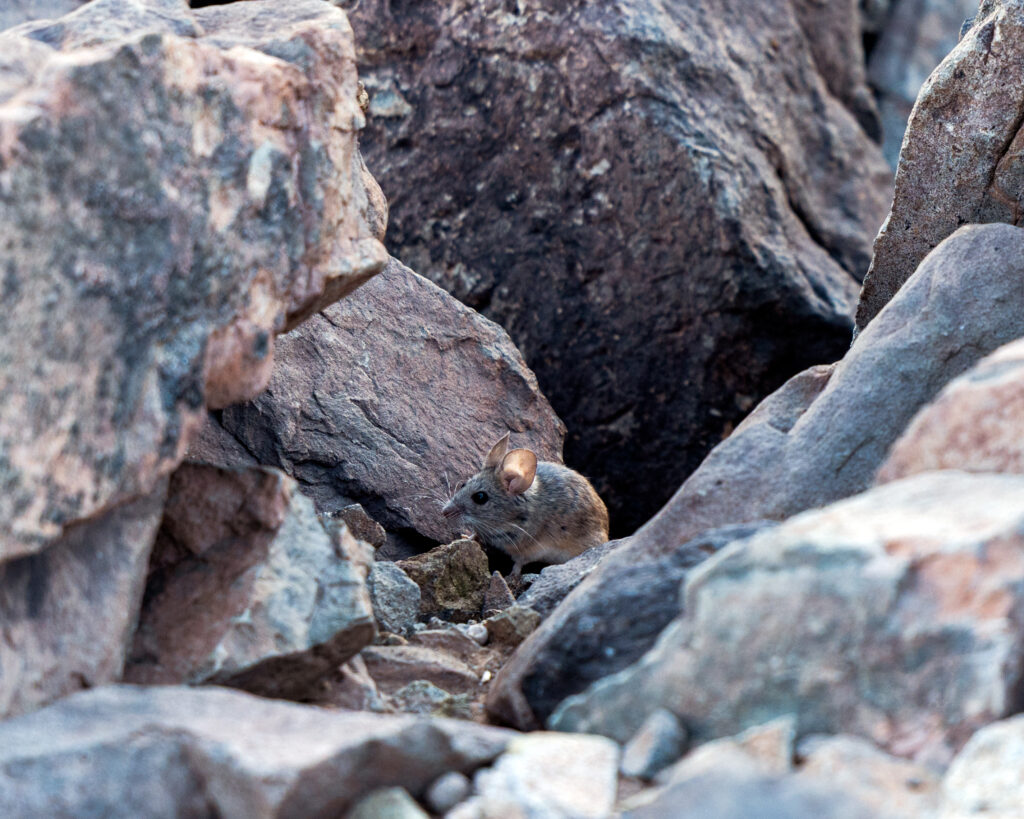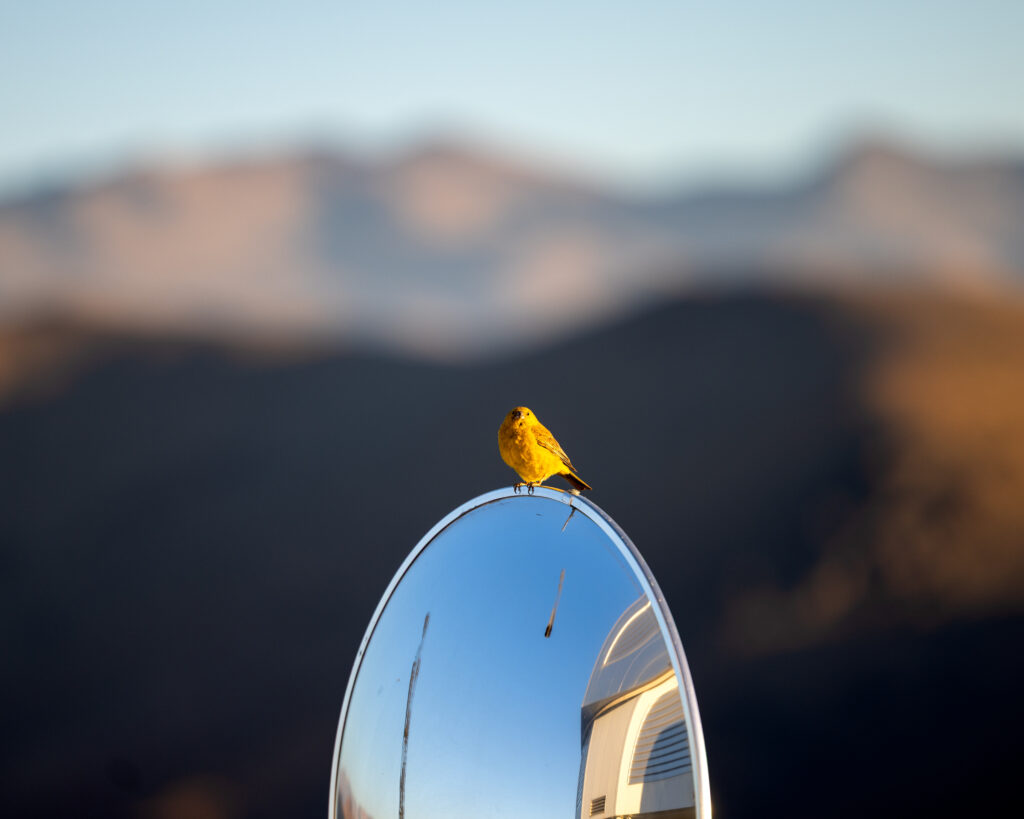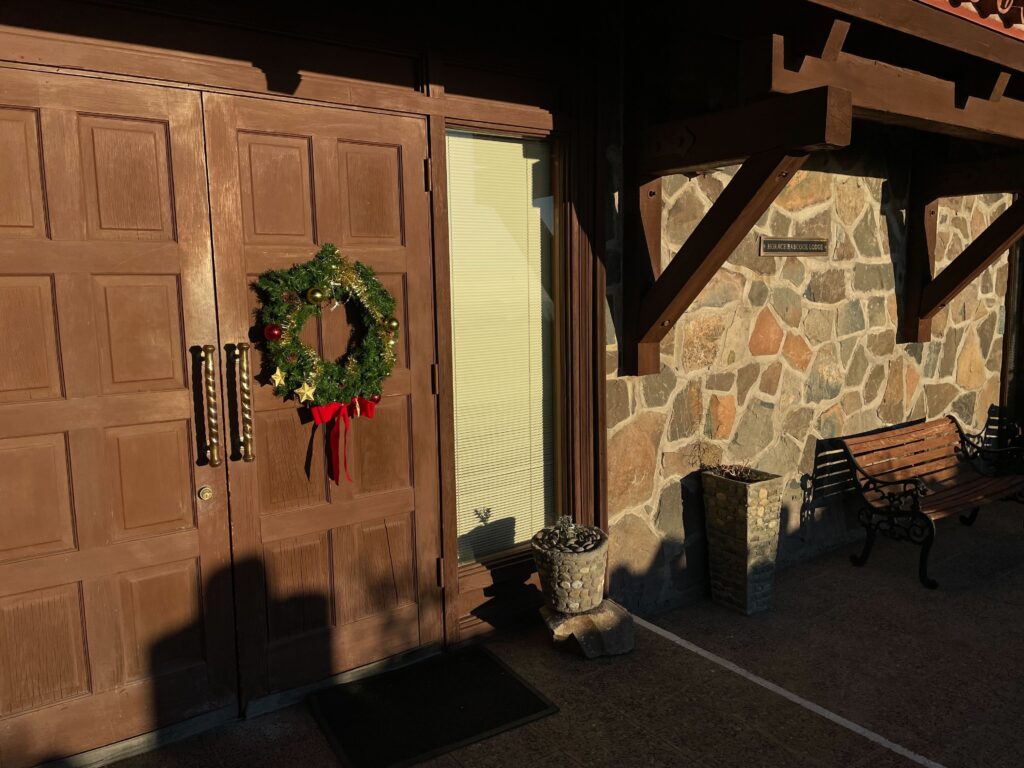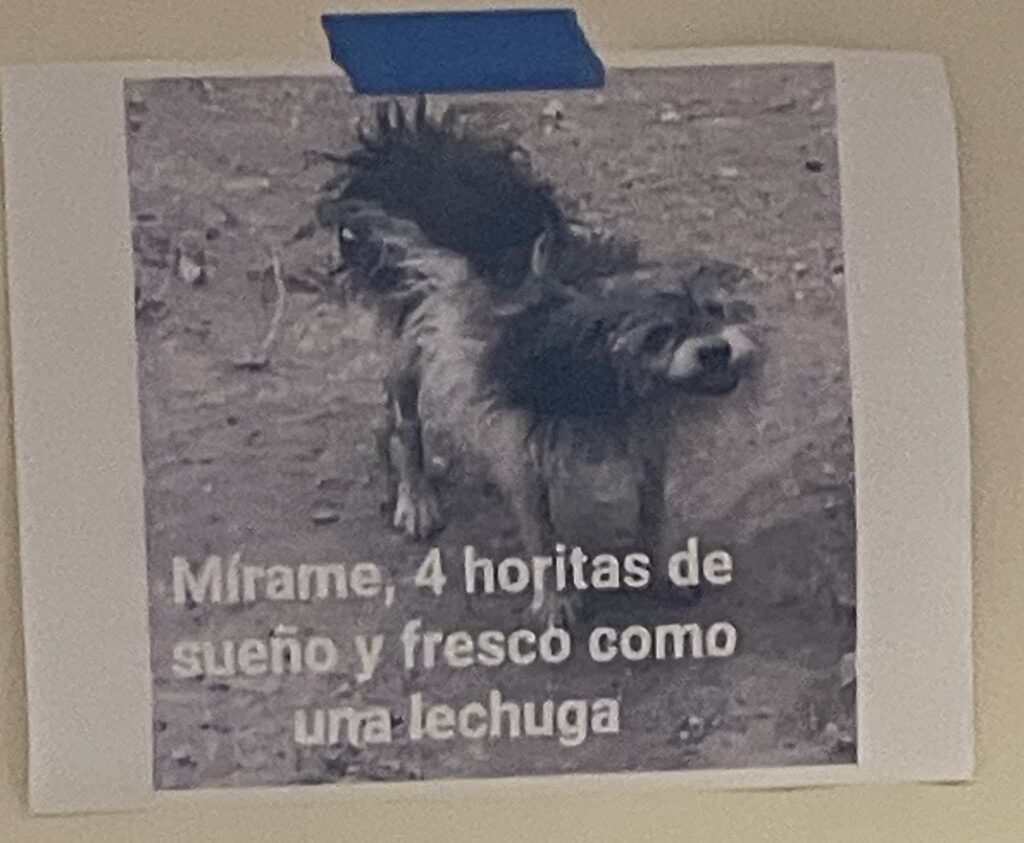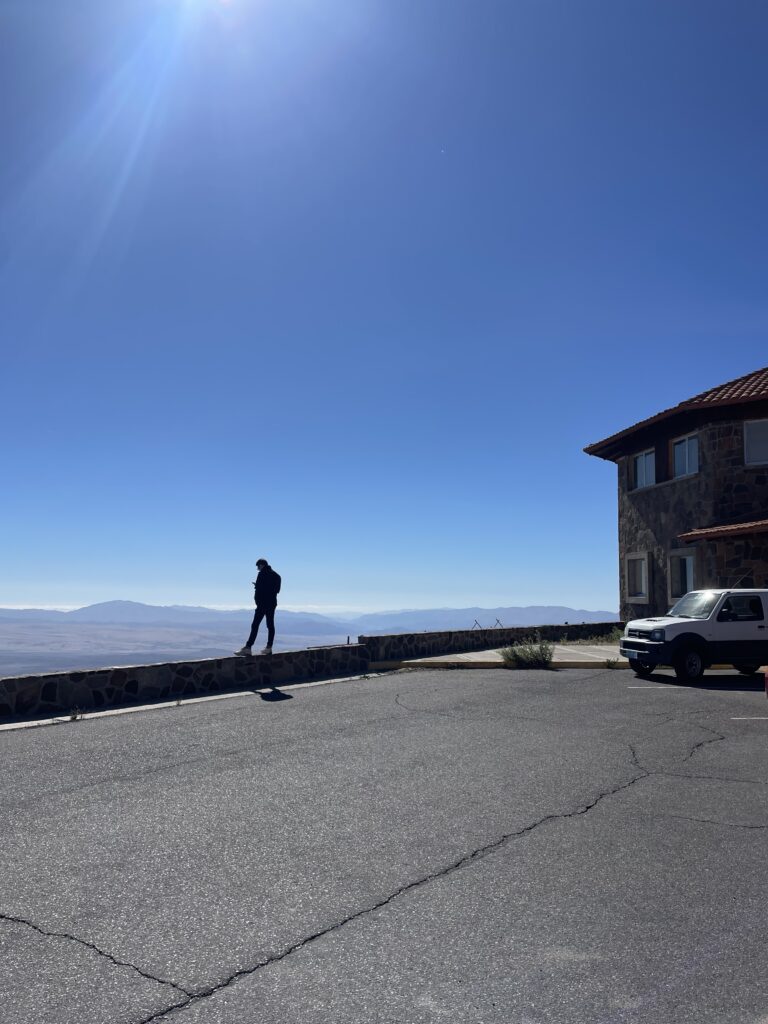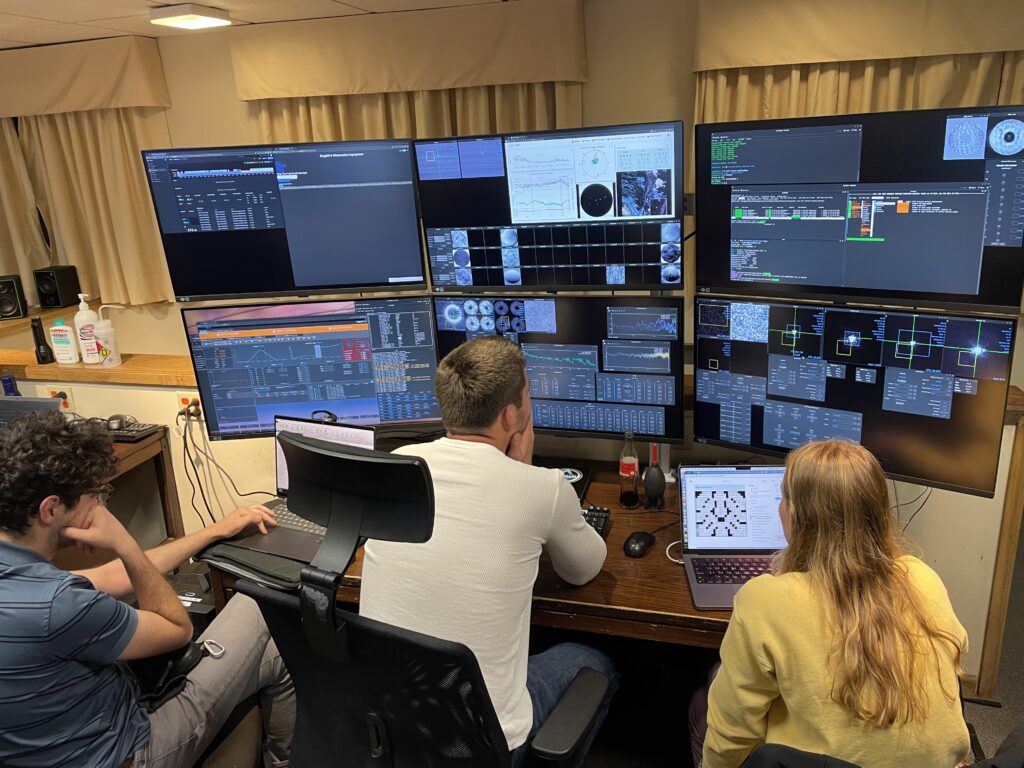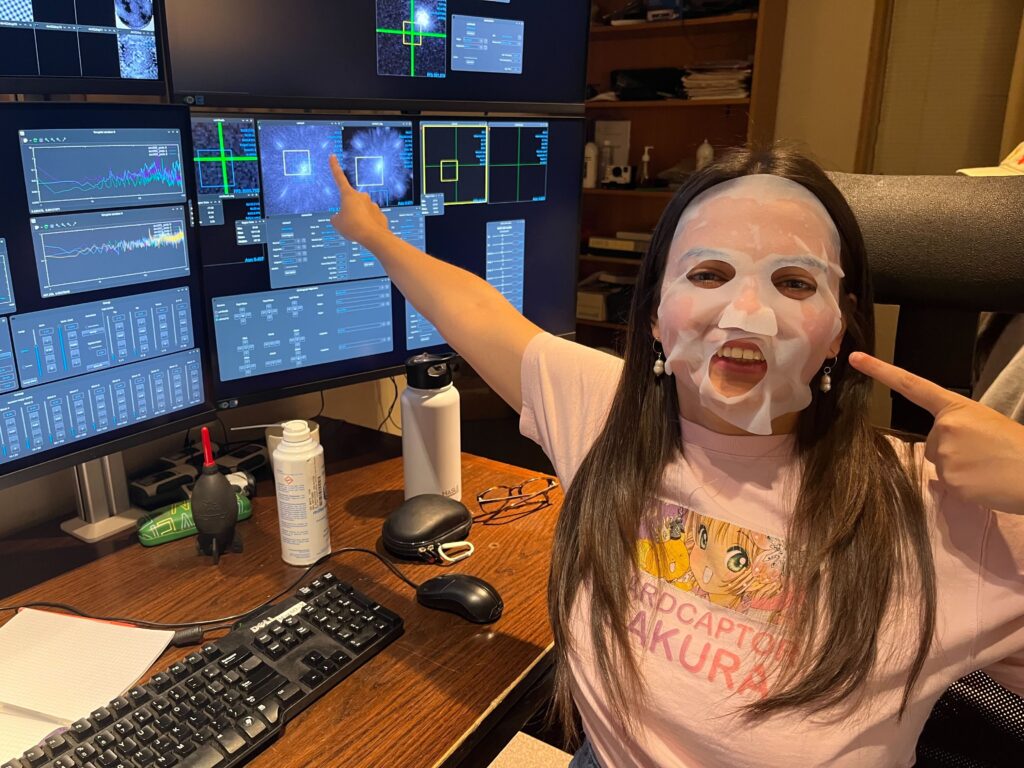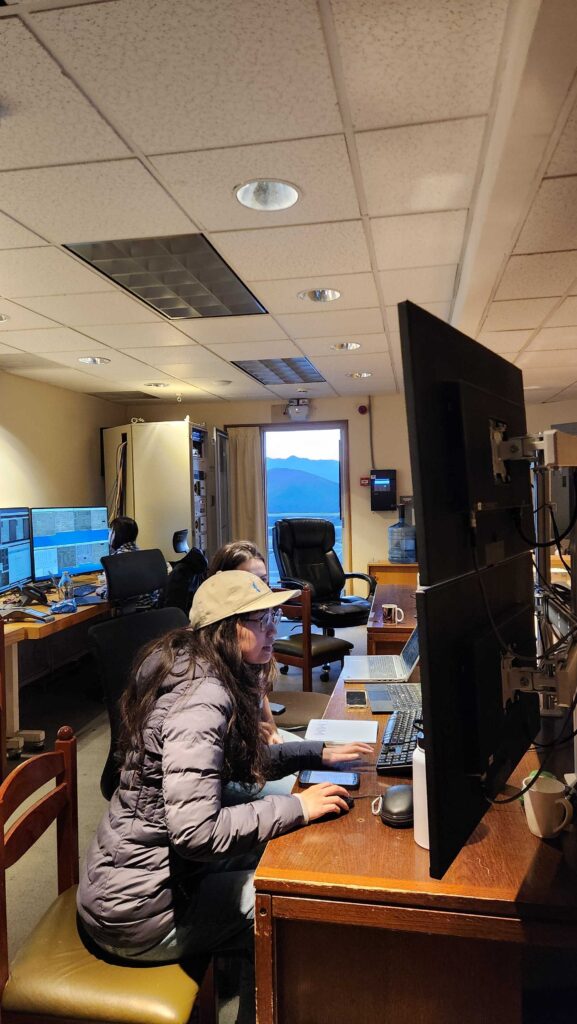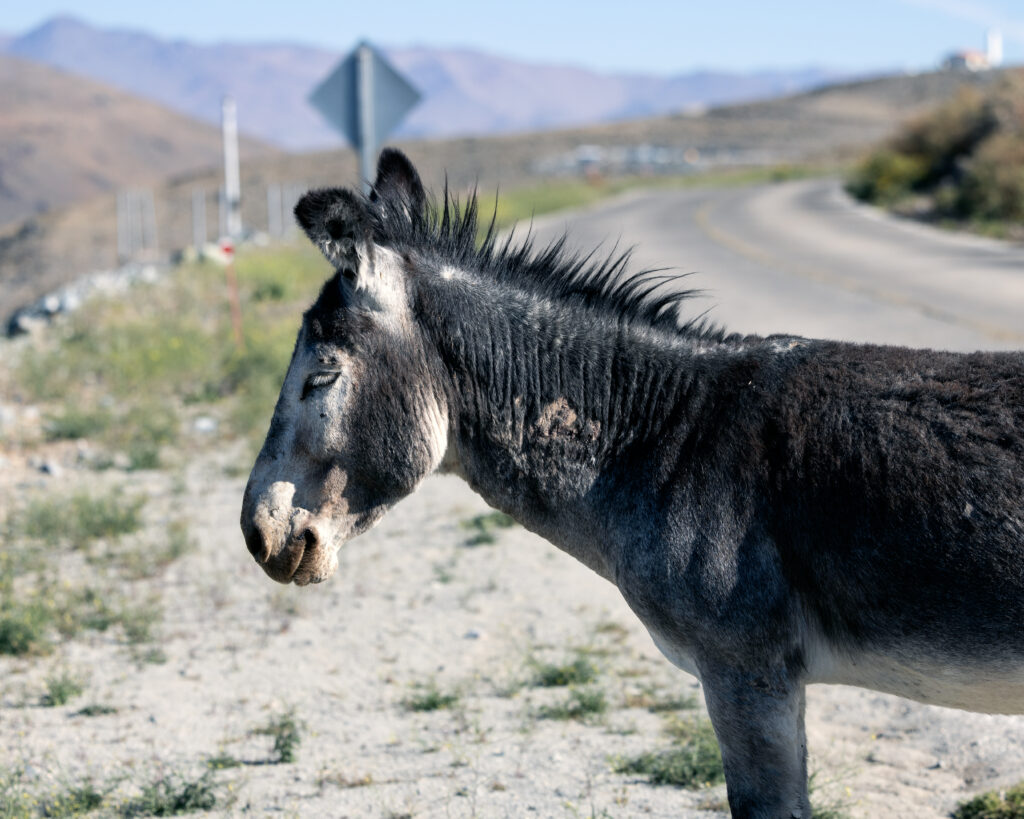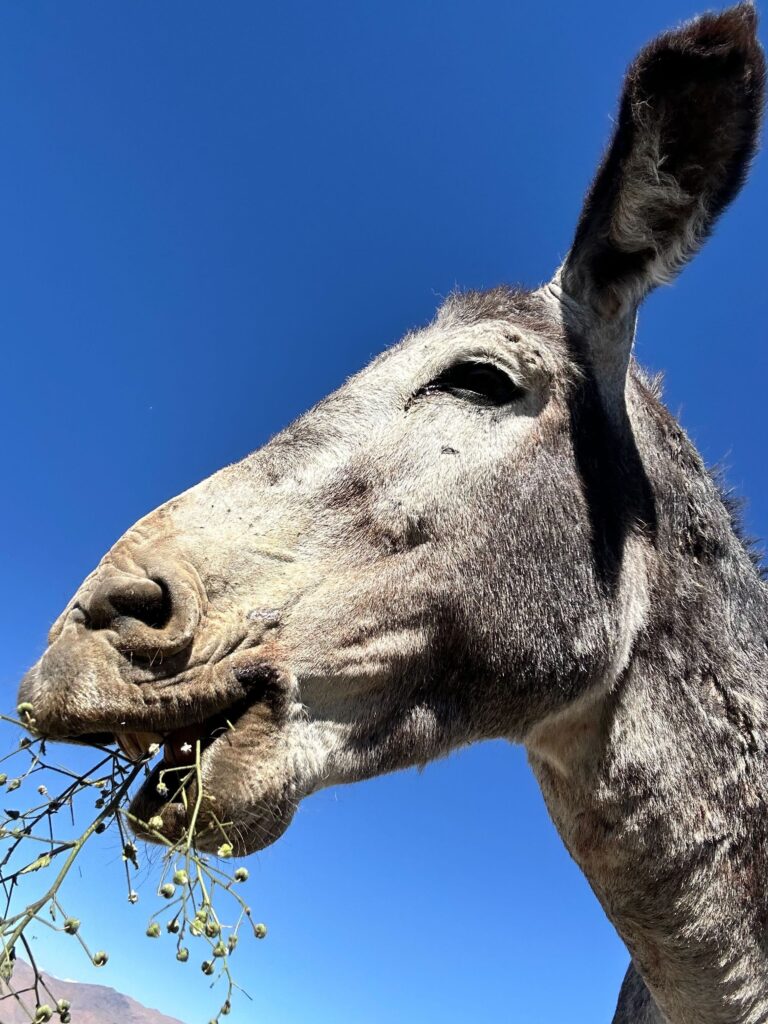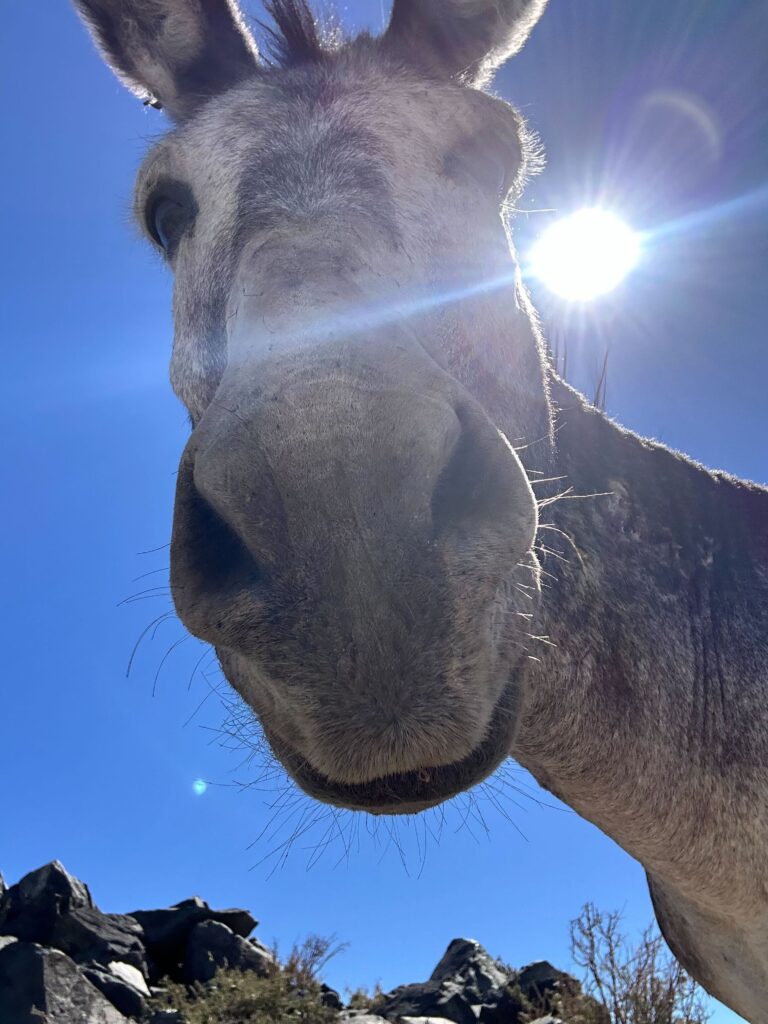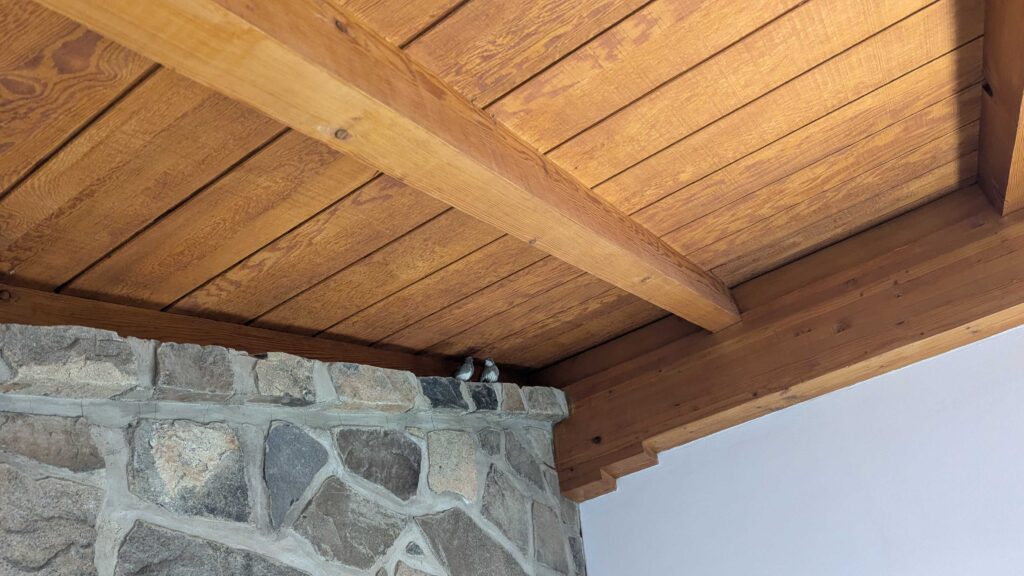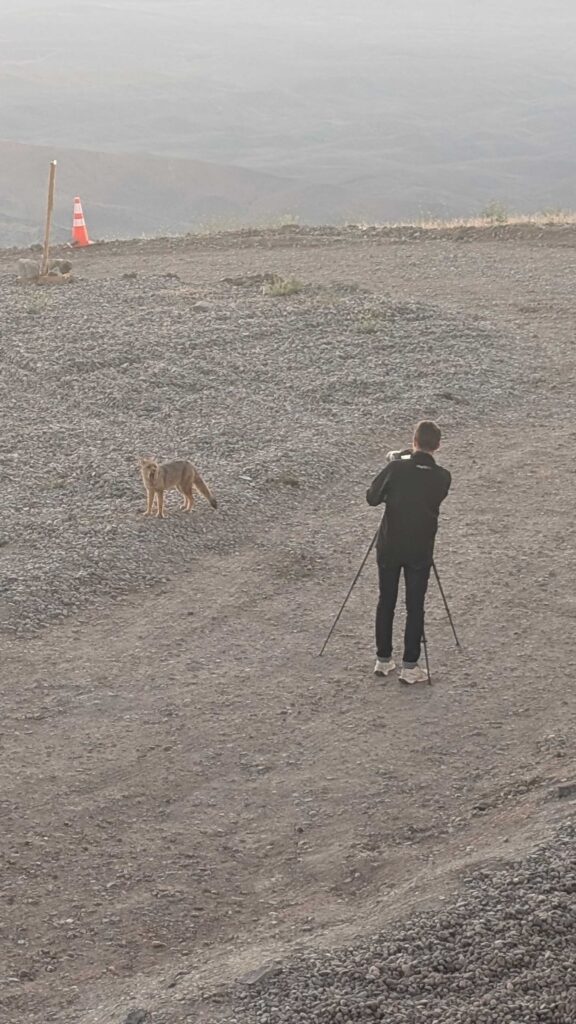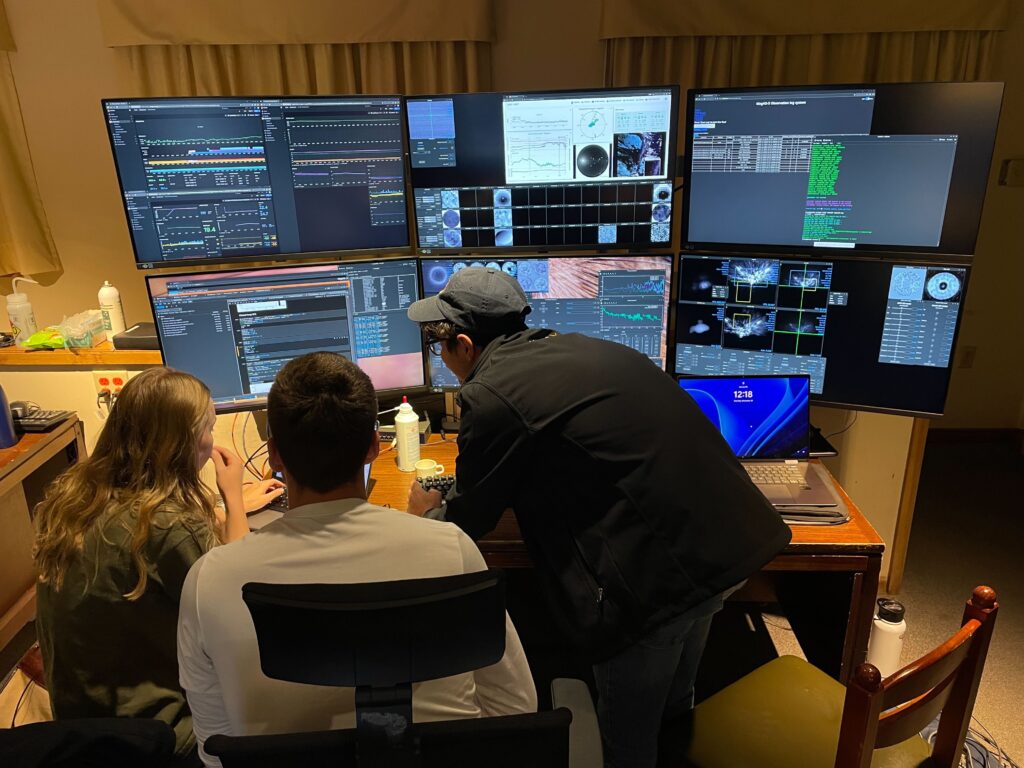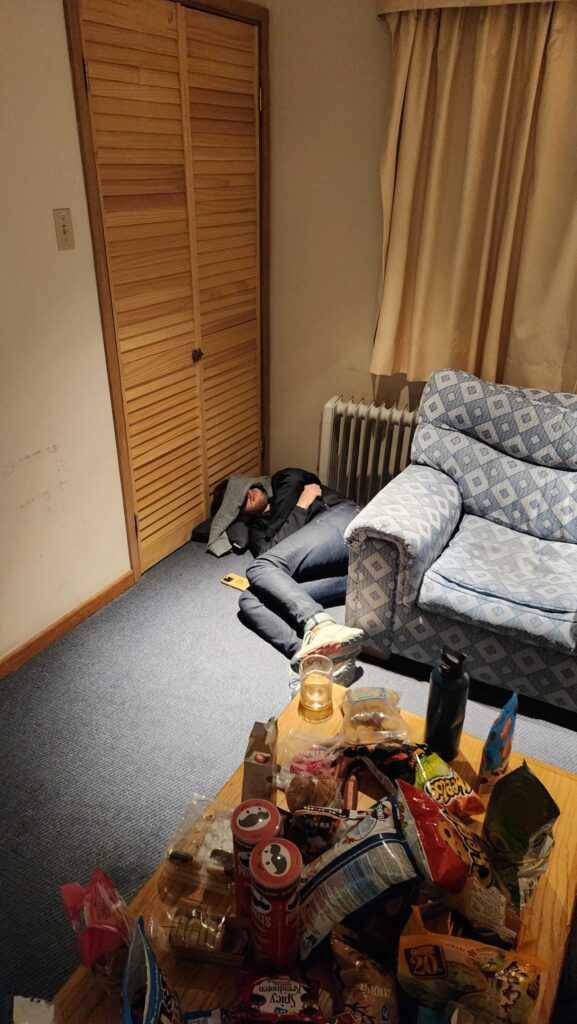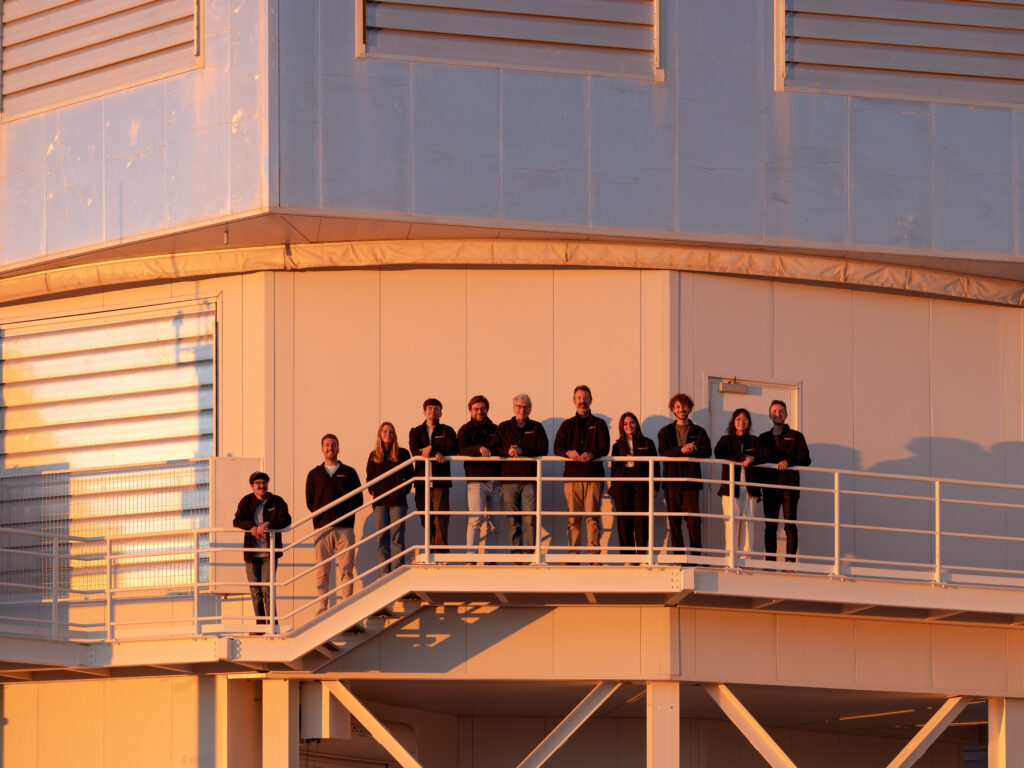We’ve really settled into a rhythm here on the mountain top. While our individual wake-up times vary, we all mosey on down to the lodge for dinner at around 6:30. After an unfailingly excellent meal (and perhaps a cup of tea), the first shift of AO operators make their way up to the summit and start aligning MagAO-X for the night. The TO opens the dome, we set up our observations, and then we spend the night doing cutting-edge science and engineering until the Sun threatens to peek above the horizon. It’s not without hiccups–the atmosphere doesn’t always behave and neither does your code–but it’s honestly impressive that we’re able to pull it off night after night.


Tonight had its ups and downs but overall fell nicely into that rhythm. While I revised my SPIE abstract downstairs, Parker and his crew did another round of Tau ceti observations. I made it back for Eden’s observation block, which was filled with complex coronagraphs, art criticism, and cat photos. We were also able to commission our Lyot low-order wavefront sensor (LLOWFS, pronounced yo-fuss), which uses rejected starlight from a reflective Lyot stop to control our non-common-path DM. The result is more stability in the coronagraph, which makes finding planets easier. Atmospheric seeing was … not great for the first little while, but our noble efforts to press through were rewarded with an incredible second half of the night. Our data were stellar, in both senses of the word.
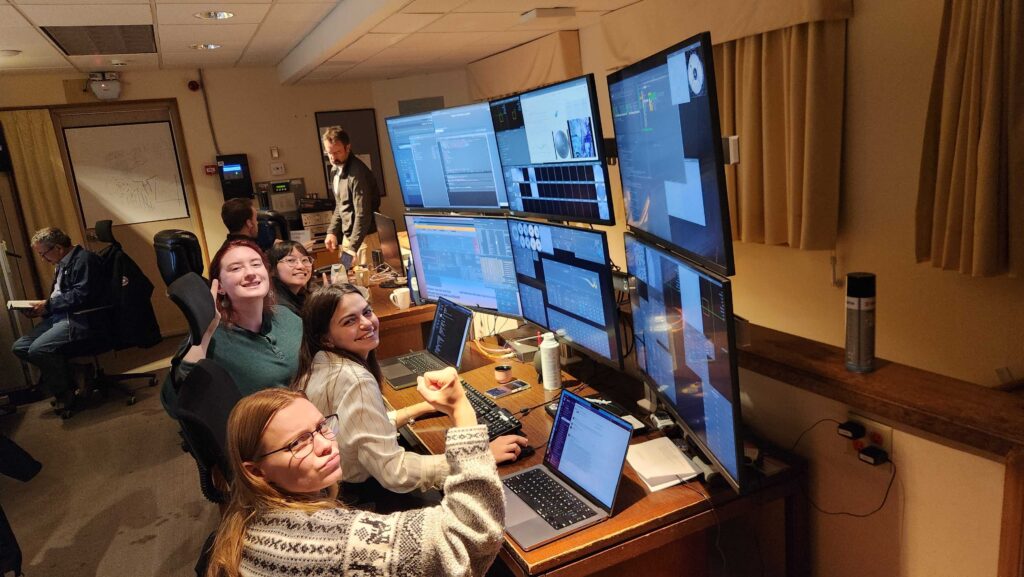
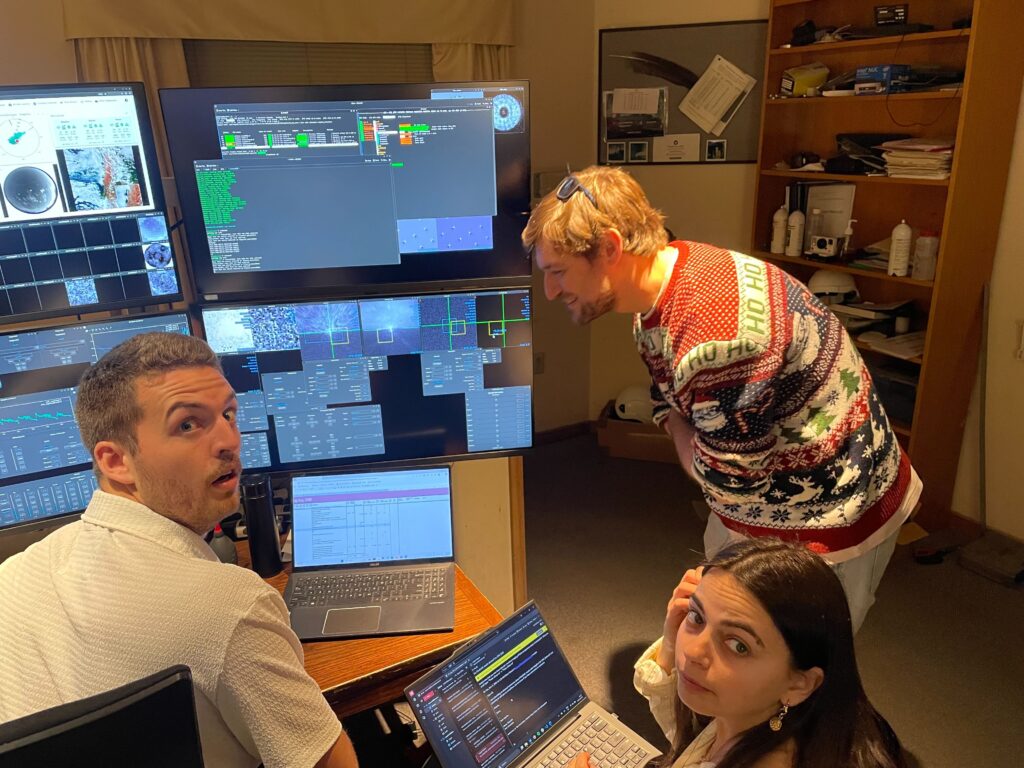
At least to me, at this point in the run Tucson starts to feel a bit like a dream. Maybe it’s because I’m avoiding yet another controls assignment, but something about this mountain makes the rest of the world feel less concrete. You walk outside, and the moonlight illuminates the peaks in the distance; you walk inside, and you see a team of people all working towards the common goal of seeing things no one has seen before. Perhaps I’m over-romanticizing because I’m running on very little sleep, but you can’t deny that there’s a unique feeling here. It might just be the reason we come back night after night, run after run, year after year.
Fun fact of the day: the painting “Sailor Boy” by Columbian artist Fernando Botero hangs in the Tucson Museum of Art.
Song of the day:
